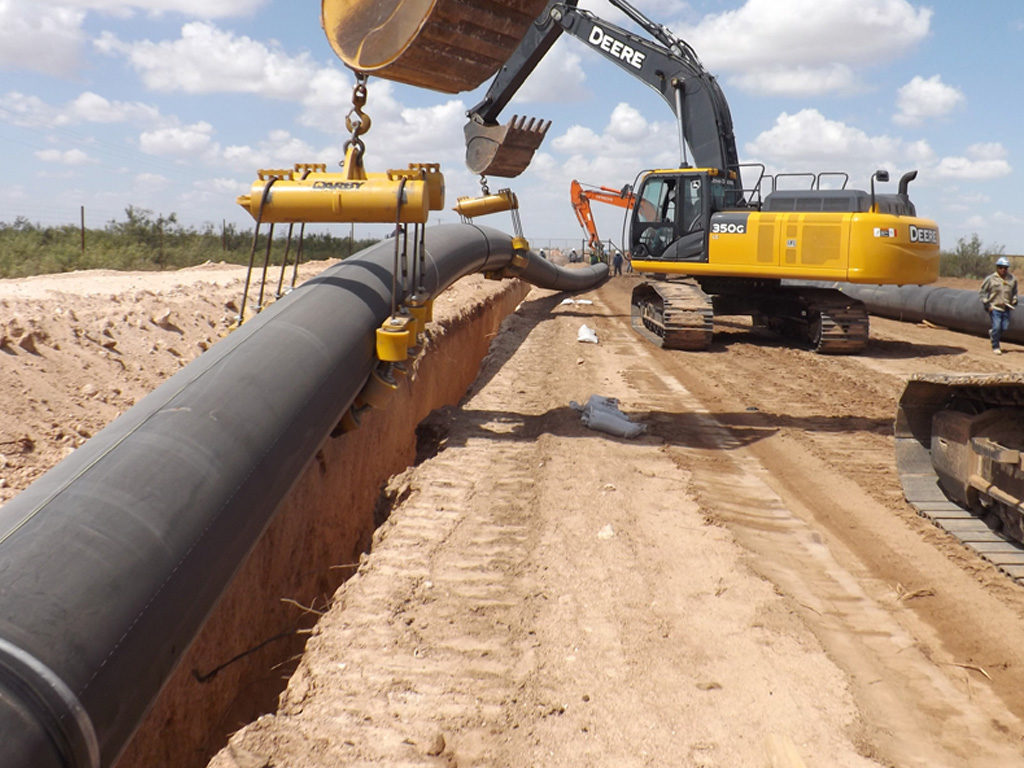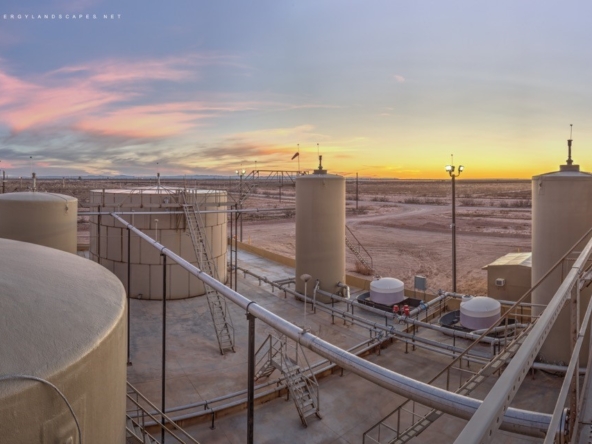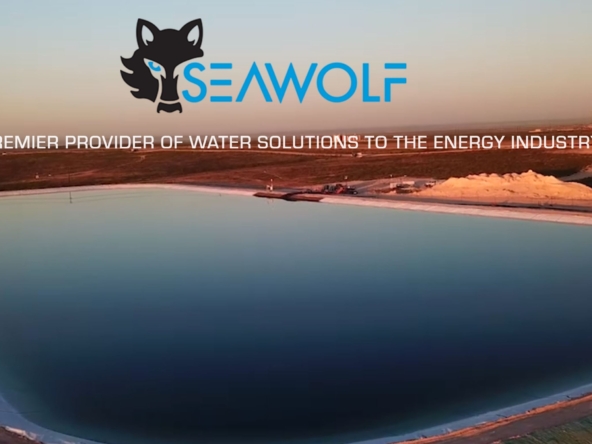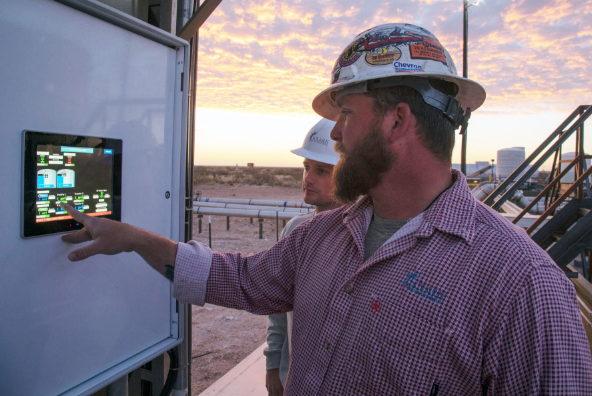Finding commercially viable solutions for handling produced water has become an urgent challenge for operators in the Permian Basin. As production ramps up and the saltwater disposal (SWD) well capacity gets strained to its limit, there is a greater need for operators and service companies to develop collaborative water management methods that may ensure a secure long-term future in the region.
The valuation and optimization of oilfield water service companies in this environment can be tricky. What will the market structure look like moving forward? What does the optimal solution for producers look like? How much of a balance can they strike between reuse and disposal?
Speaking at a panel session held during an event hosted by Oilfield Water Connection, “Oilfield Water: Identifying and Financing the Right Solution,” Laura Capper, a principal at the management consulting firm CAP Resources, outlined how expensive water may get for producers. Capper said that, if produced-water reuse continues at the same rate it is currently (around 15%), Permian operators could face a $30-billion tab to handle their volumes.
“If you add up these methods to get rid of our water, if you look at it from the perspective of an operator who’s trying to recycle all that they can and dispose what’s left, it’s that point where that water feeds what we’ve recycled and what we can dispose of locally that the water gets very expensive. When we use all that local disposal capacity, the tab goes up pretty dramatically,” she said.
If companies start increasing their reuse immediately, Capper said they could cut that $30-billion figure in half. With such significant variability in the water market, planning a stable business can be extremely difficult. Gauri Potdar, senior vice president of strategy and analytics at H2O Midstream, said that building water midstream for the long term will require further discussions between companies and stakeholders to create the flexibility that allows for different uses of the water. Having the proper infrastructure in place is a precursor to those discussions.
“To facilitate reuse, to facilitate water that can be moved across systems, you need to think about storage,” Potdar said. “We need to think about how we bank water for the future. We need to think about how we can standardize around quality, around specs, around critical things that allow us to exchange water and be capital efficient so we can facilitate transactions.”
John Durand, president of water midstream company XRI, said he noticed a lot of similarities between the maturation of water midstream and the unconventional midstream sector, mainly in that water companies are looking to provide services across the full life cycle, from the sourcing and production of nonpotable water to handling the reuse or possible disposal.
“There’s no conventional midstream company that I was aware of that wasn’t full cycle. You didn’t have a gatherer and a transporter but not have someone who was willing to fractionate, process, and treat gas. What I think is going to be really important to us is we’re going to be successful, we’re going to see consolidation, and we’re going to build true full-cycle midstream companies,” Durand said.
Part of the panel discussion focused on the growth of integrated water service companies and what they may look like in the near future. Potdar said strategic storage infrastructure, like onsite ponds and pits, can help companies avoid disposal and facilitate reuse. Combining that storage with treated-water distribution lines will allow them to deliver treated water comingled with fresh water and brackish water to a central facility or to mobile units designed to supply the water at the point of use on site.
“We think of all those components forming an integrated network and creating this optionality. That’s the thing today. If you’re one wellpad connected to one disposal facility, at the end of the day you don’t have a lot of options as to what you can do with that water. But, if you have an integrated network that is also interconnected with other networks, you have optionality. From the world I’m in, that’s something,” Potdar said.
Capper said some companies are already adopting a strategy of optionality, particularly with regards to disposal wells.
“When you’ve got seismicity issues, you don’t know where they’re going to spring up. You don’t know if they have anything to do with injections whatsoever, but none of that matters. If it’s deemed to be an issue, it could be shut down. You’ve got to have a Plan B, a Plan C, or a Plan D, almost like a stock portfolio where you have different formations, different injection depths, different geologies, just to make sure you’re running no matter what. It is an increasingly difficult challenge,” Capper said.
Durand said water midstream companies can play a critical role in “unlocking” the drilling programs for upstream operators. To that end, it is important for midstream to provide the kinds of service and integrated networks that allow for the effective and efficient capital allocation for operators. Building a strong portfolio of assets, he said, will help companies mitigate the risk of regulatory or legislative intervention.
From an operator perspective, Primexx Midstream Manager Phillip Douget said optionality was key given the logistical and regulatory challenges they may face in moving water. Operators who choose to develop and maintain their own infrastructure for limited acreage may find themselves in a bind, so it is important to develop relationships with midstream.
“You need to start with the end in mind,” Douget said. “If we’re going to develop on schedule, we’re going to need X amount of drills. We’ve thought about the infrastructure and capital requirements that it’s going to take. Can we secure that, or do we want to give that to a pure midstream player? If we let them handle that, what kind of assurances do we have that we’re not going to be stopping development or shutting in wells because we’re not at the top of their portfolio?”
Optionality may make water midstream more appealing for operators, but the pace of adoption for midstream companies moving forward is not a cut-and-dry issue. Potdar said it’s a matter of figuring out what it would take for producers to move toward 100% produced-water reuse: Some producers have, and others are looking for ways to get there. Logistics play a role in answering that question.
“Do you have the proper scale of infrastructure? Do you have the produced water? How do you build the storage to facilitate that? I think there’s a lot of variation amongst producers on what level of treatment is necessary. There are some that are content with blending, and then there are others that use a lot of chemicals and oxidation. For us as a midstream company to provide that scale, having some standardization on the one, two, three elements that are most critical is going to facilitate that,” Potdar said.



